Life in Airplane mode - Russian version
Or can city Wi-Fi coverage replace the mobile network?
Not so long ago, interesting material appeared on The Verge, the author of which, for personal reasons, did not pay for mobile phone for some time and used only Wi-Fi connection wherever he was, and shared his impressions in his article.

Summarizing his research, we can conclude: it is quite possible to live, especially within the Apple ecosystem, as the author did. But if you limit yourself only to proprietary iOS applications, then contact the owners of the same Samsung S7 or LG G4 will not work. But is a similar scenario applicable in the capital of Russia? This is what we decided to check.
Everything will be quite optimistic if you conduct an experiment on a weekday along the route home-metro-office-metro-cafe-house. But let's complicate the task and take one day in the center of Moscow for our attempt to get by with just the Wi-Fi coverage. Of course, for the geek problem, we need a geek smartphone, for example, BQ Aquaris X5 with software from Cyanogen.
')

Let's start by setting up the software for our needs. Instead of the application "Phone" - WhatsApp and Skype with a promotional code for 60 minutes of calls for insurance, instead of SMS - Telegram; The need for SpeedTest is under a big question, as we are not the figures that matter, but usability, and you can easily wind the results if you wish.
Despite the apparent simplicity, immediately began the pitfalls. Thus, the edits of the Government of the Russian Federation No. 758 of July 31, 2014 and No. 801 of August 12, 2014, were not taken into account, according to which, before accessing the network, we are required to authenticate by phone number / passport / other means, so turn on cellular a network for receiving SMS with confirmation passwords is still necessary, but without data transfer. Basic passwords from the networks of various catering establishments will also not be remembered / searched in advance.
So, Moscow, the third of May, the day off. We put forward to Mayakovskaya on the subway. Despite the morning, the train is already quite crowded, but it was possible to connect to the free network and get a password for a couple of stations. The quantitative parameters of the network are quite good not only for calls, but also for video. True, it will not be comfortable to talk, except perhaps only in good headphones with active noise cancellation, for example, Plantronics BackBeat PRO . Simply put, the metro for calls via Wi-Fi is not suitable, but text and voice messages will not cause problems.

We rise to the surface to the swing at Mayakovskaya, and the phone immediately reports that there are networks, and not one, but three! But the joy was oh so premature: the network from KFC wanted a password, the networks from Beeline and Mosgortrans were in no hurry to issue an ip address, and after they gave out, they very reluctantly made the forward for landing authorization.
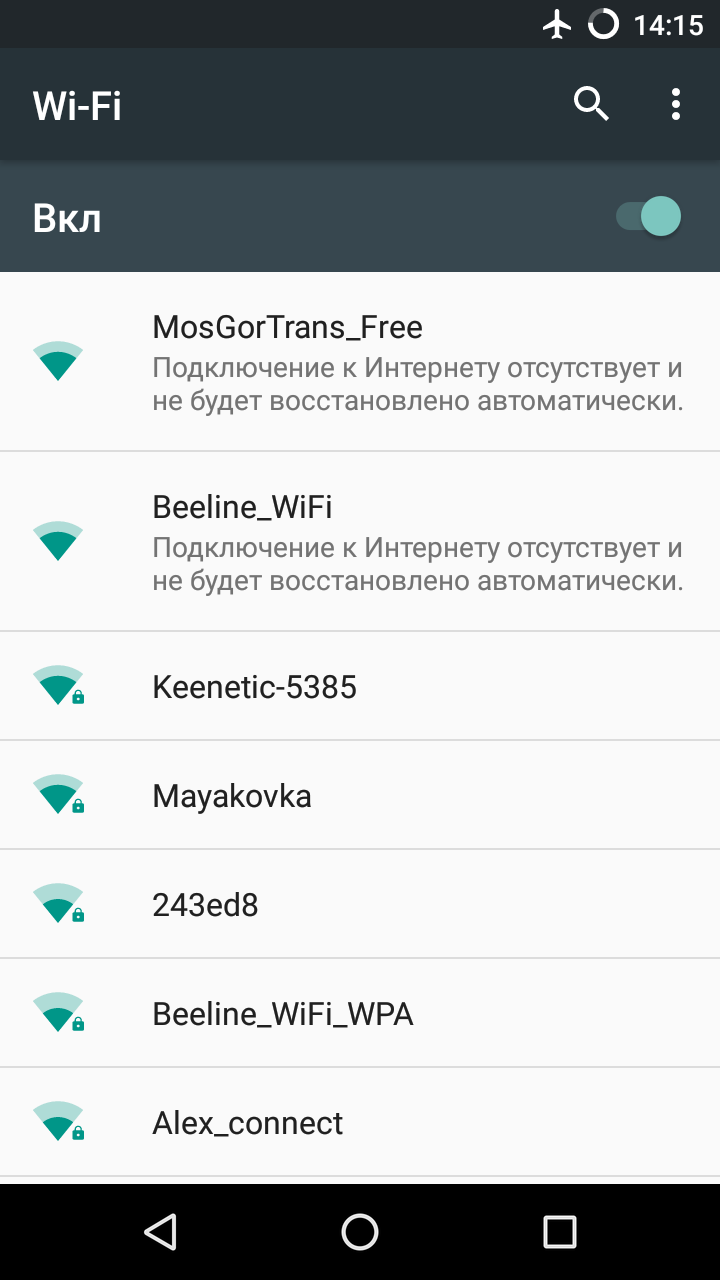

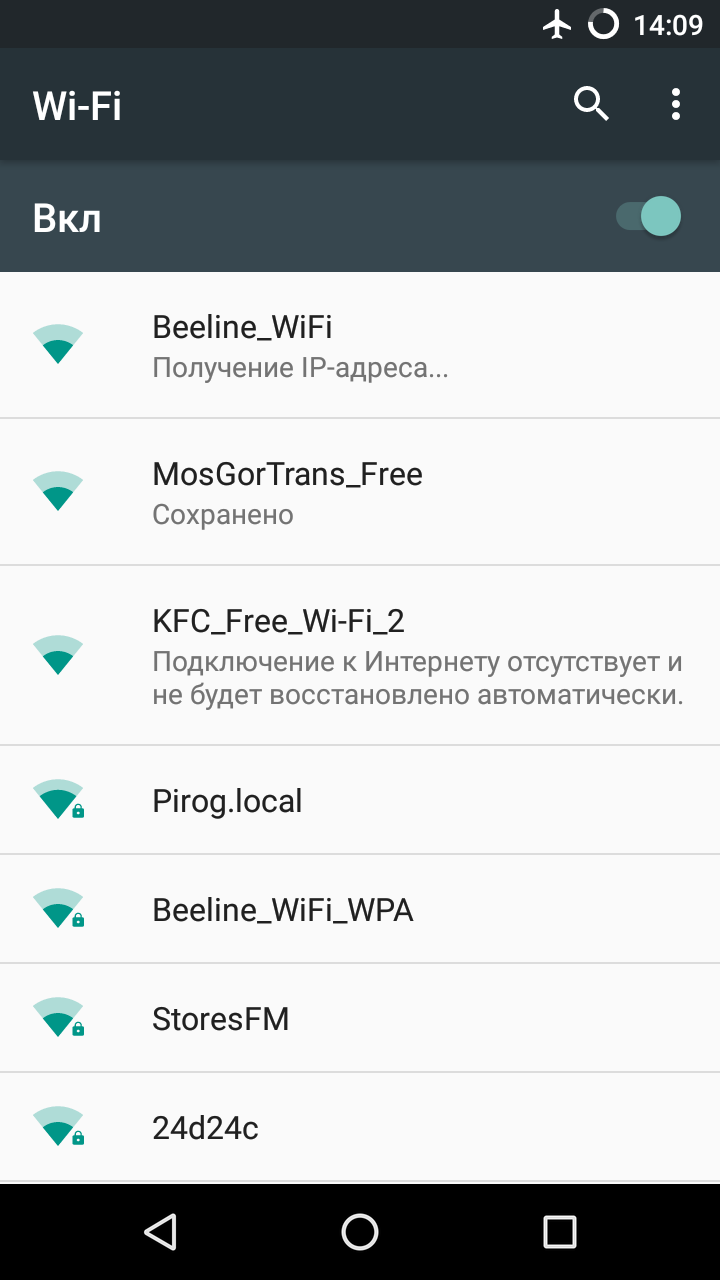

15 minutes of attempts - but Wi-Fi did not give up, and even the comforting swings were not released.


The next stop is the courtyard of the famous “bad apartment” on Bolshaya Sadovaya, 302-bis. And now only one network from Mosgortrans, and that with the same problems.


We continue our walk, and the next stop will be the Patriarch's Ponds.
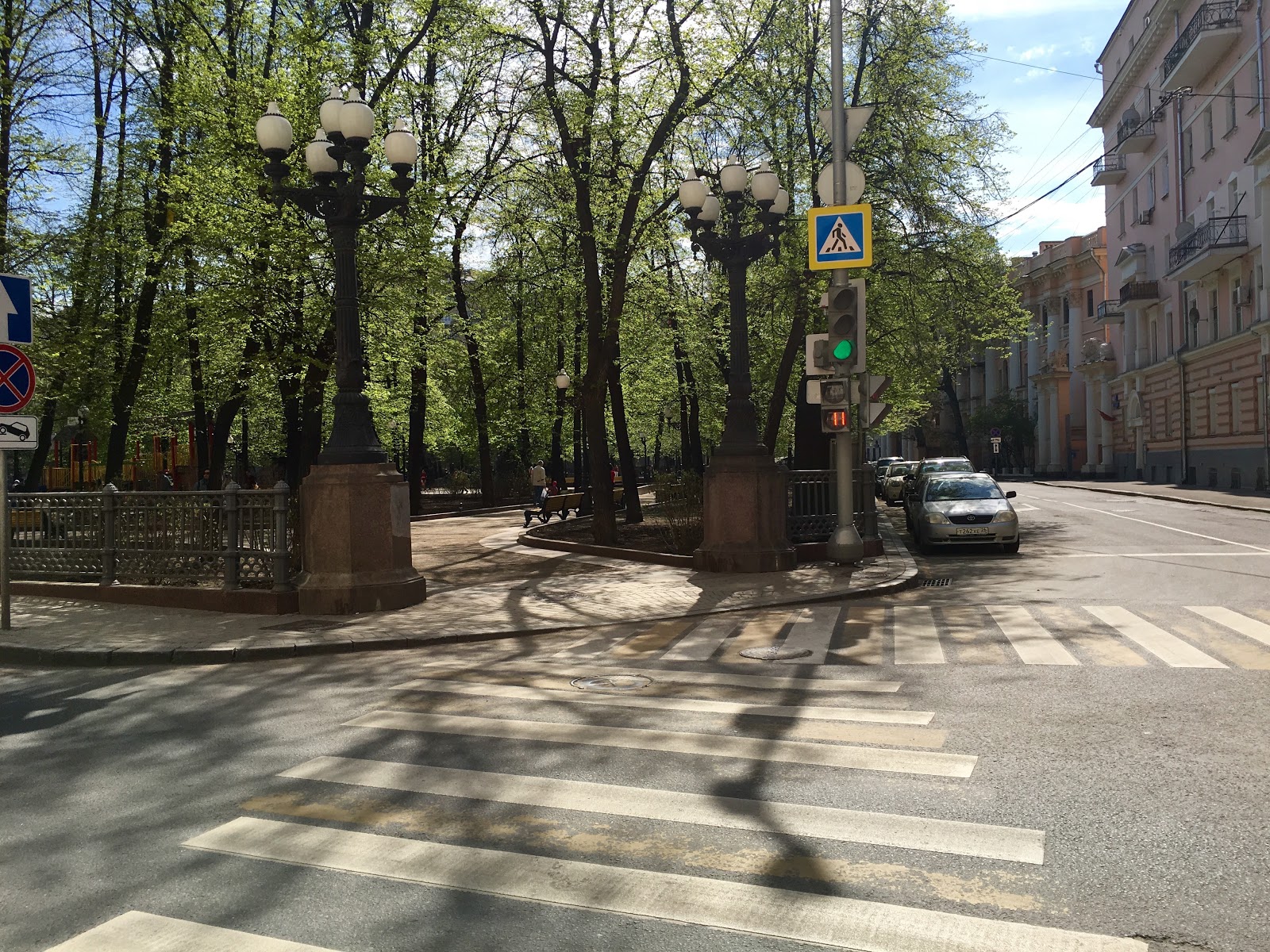

Here, among other things, a public network from the Moscow Department of Information Technology is found. On the third attempt, I still get to the landing and try to go through authorization by phone number (unfortunately, there are no accounts for a single platform or PGU.MOS). All that was possible during the session was to open Yandex at the second attempt and send a couple of messages to Telegram, after which the phone promptly dropped from the network and did not want to connect to it anymore.






We finish the circle and near the Pavilion we find its free network, which immediately requires a password, which I don’t have, so it only remains to move on to the Bulgakov Square. Alas, we have no luck there either.

We are heading in the direction of Spiridonovka, on the way trying to cling to the network of the Aist restaurant, but also unsuccessfully - the password does not come.


We go further to the ITAR-TASS building. Again, two networks, but again unsuccessfully.


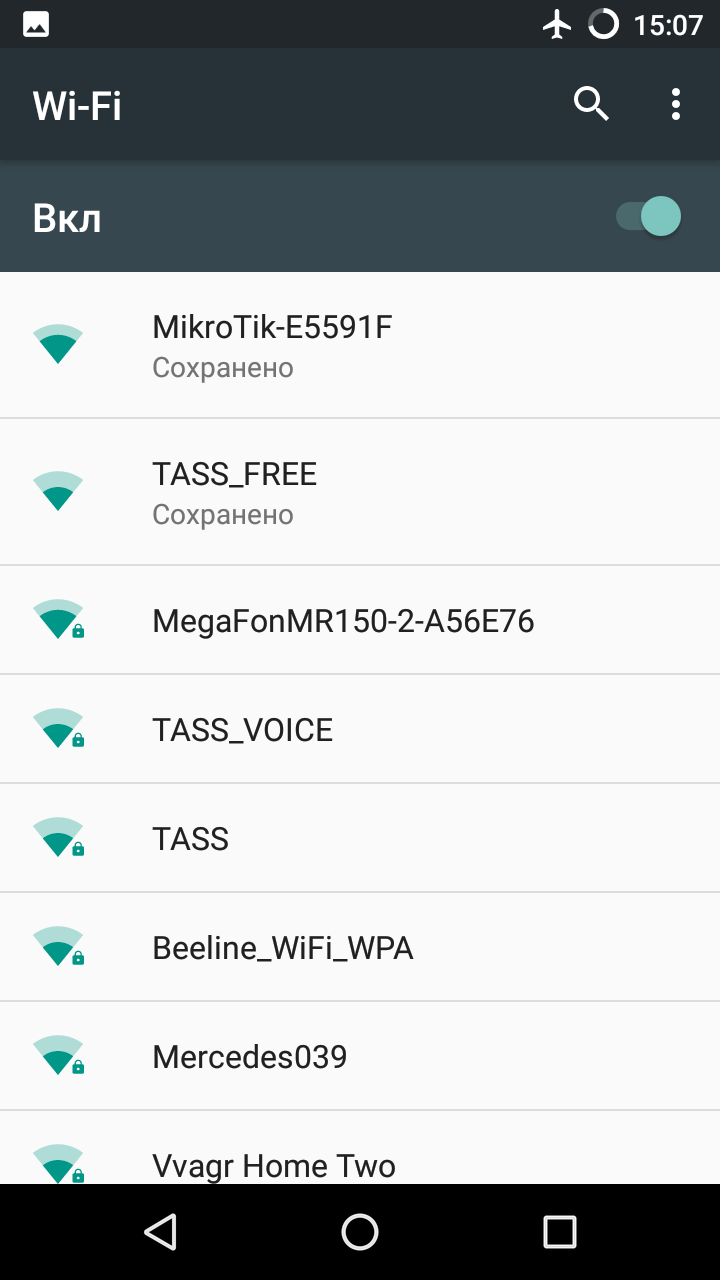

We leave to Pushkin Square through the beautiful, waterless Tverskoy Boulevard.




And only the first McDonald's restaurant is a network, which can be joined only from the second attempt. Developing success, I successfully send a couple of messages and try to make a call, but alas, the Speed Test value is 226 ms with jumps, and this is already a bit too much for a normal conversation.









The next stop is Stoleshnikov Lane, but even he cannot please us with an abundance of networks: the Moscow Spring festival Wi-Fi is rather dead or leads to nowhere, the network from Mosgortrans does not habitually respond.





It would seem that this is a complete fiasco, and the city center covered, as if with a web, of various kinds of networks does not at all crave to share the Internet with citizens. But hurray - already from the intersection of Bolshaya Dmitrovka with Kamergersky Lane, the situation changes dramatically: many cafes and shops have their own networks, and although not all of them work, but, jumping between them, we managed to go through the whole Kamergersky Lane.

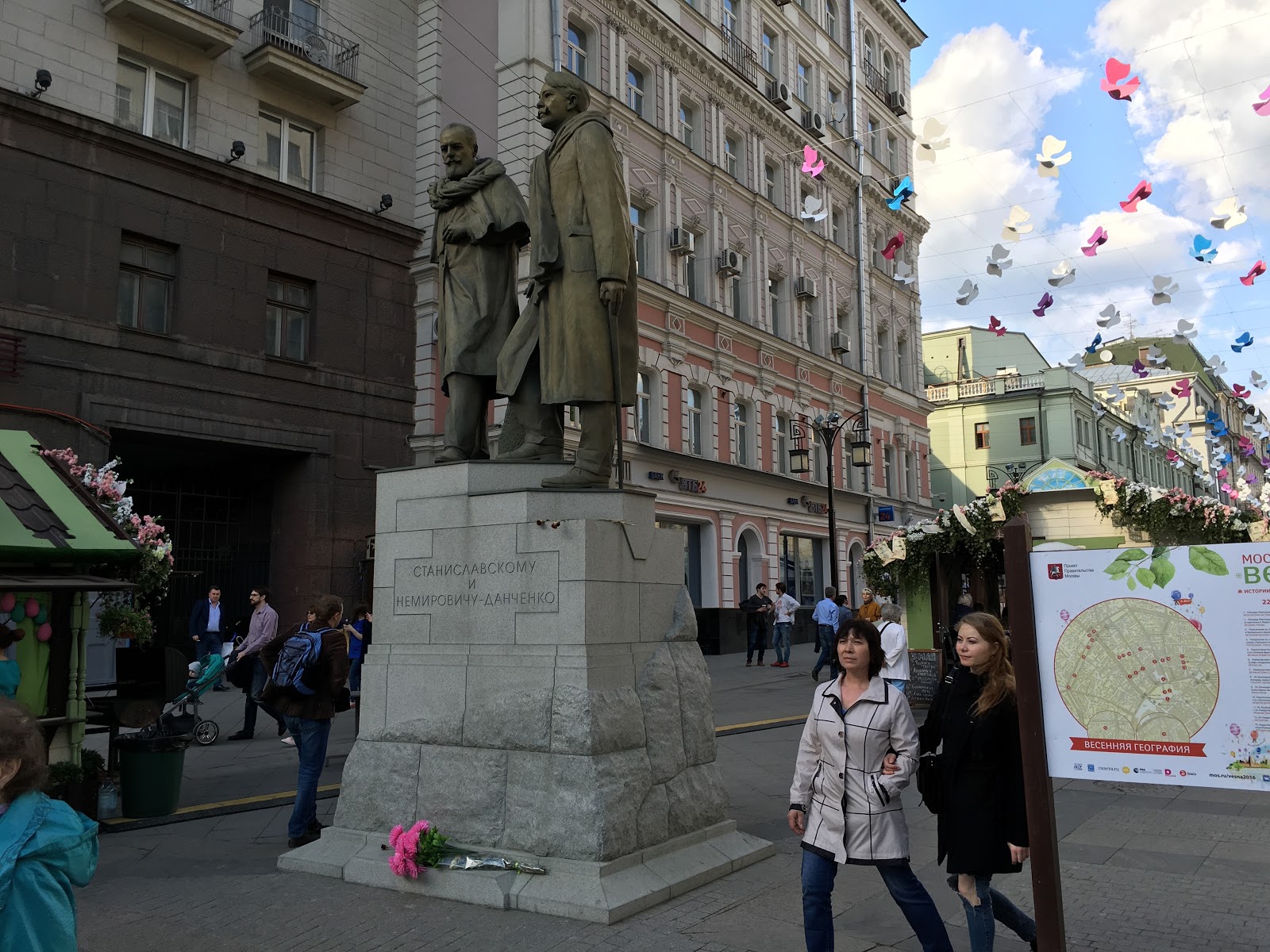

Surprisingly, all networks on this path are characterized by low speed and just great ping value, so they are just perfect for communication with voice and text.








Another interesting fact: almost all the establishments in Kamergersky Lane have the same landing and the code received via SMS will be valid for all networks within this lane.
Starting from the opposite side of the Central Telegraph to the Four Seasons, nothing suitable for connection could be found, but already within walking distance of the Kremlin there was an access point without a password and authorization. The speed was small again, like ping, and the connection is stable. The test "voice" was successfully passed.





For obvious reasons, nothing was found on Red Square, but it was possible to fully appreciate the preparations for the upcoming Victory Day.
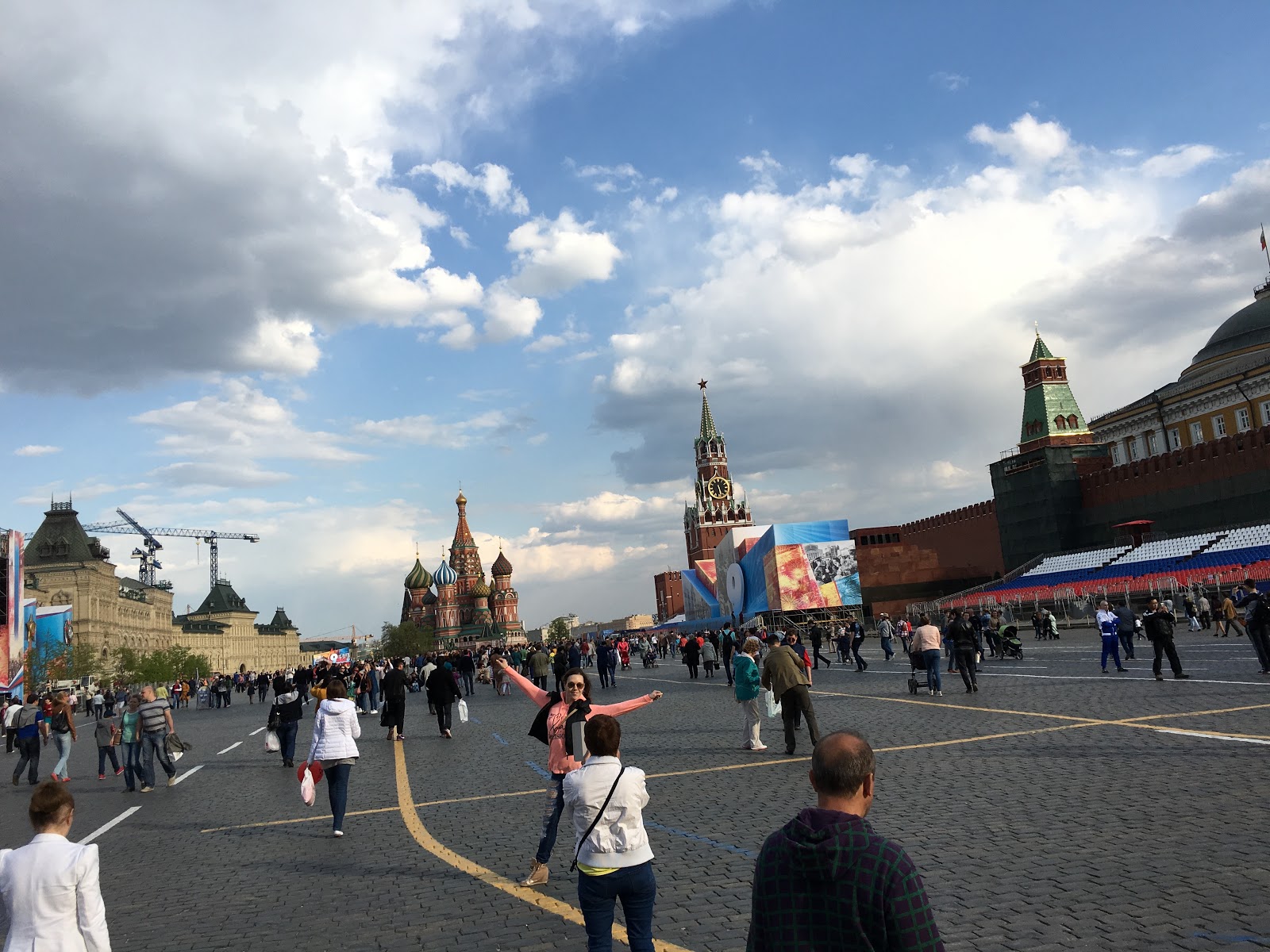

In order not to bore the absence of at least some positive news, I’ll just say that along the way Ilyinka-Ilyinsky Square-Solyanka-Yauzskaya Embankment, we managed to find only someone’s access point based on CISCO and, apparently, a home network without a password that refused to work. Illusion, Goncharnaya street, Bunker 42, Big masons, Novospassky passage, 3rd Krutitsky lane also did not give any chance of the theory that you can live without a mobile network in the capital.


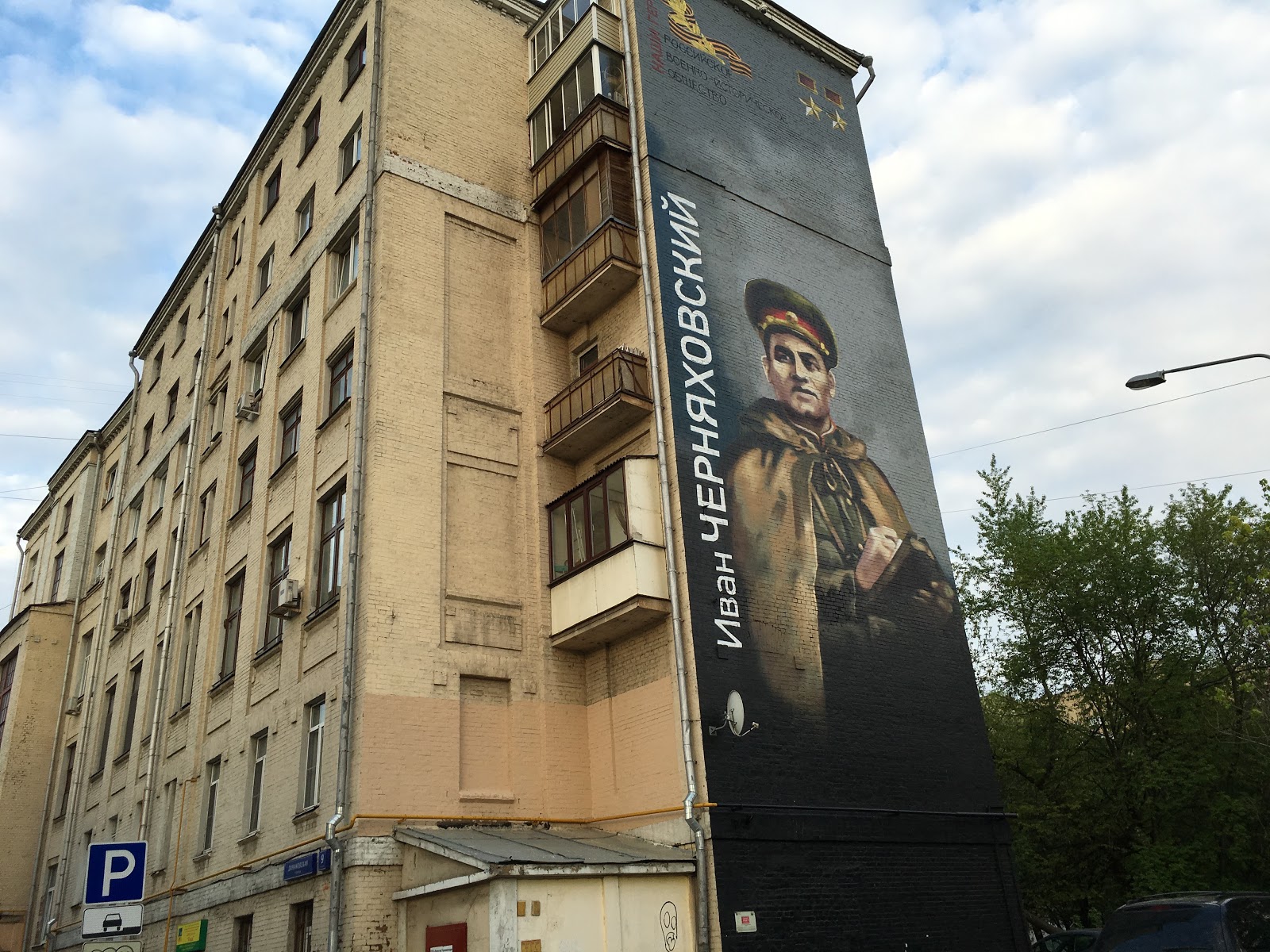

The final chord was the sudden connection of the phone with the Mosgortrans network at Proletarskaya metro station, but the matter did not go any further.


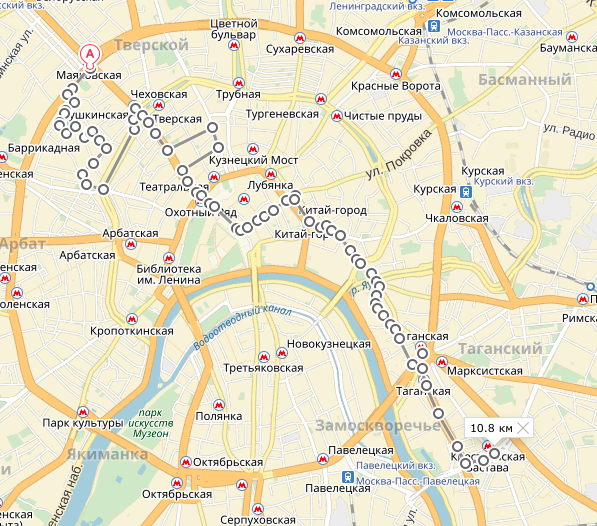
As a result, having passed more than 10 kilometers directly in the center of the capital, the following thoughts arise:
- Mosgortrans, if he can launch the network (which will definitely happen, it is only a matter of time), with sufficient network capacity, he will surely be able to stand on the surface with cellular communication operators;
- The network of access points of Beeline is almost omnipresent, but practically does not allow to work with itself.
In fact, an attempt to survive without mobile communication outside the usual home-transport cycle with a network-office has so far remained a beautiful idea. Well, as practice has shown, if you urgently need Wi-Fi, you should look for places in cafes and shops, and let the connection speed be not the greatest, but you will be able to use the services for calls via the network
Not so long ago, interesting material appeared on The Verge, the author of which, for personal reasons, did not pay for mobile phone for some time and used only Wi-Fi connection wherever he was, and shared his impressions in his article.

Summarizing his research, we can conclude: it is quite possible to live, especially within the Apple ecosystem, as the author did. But if you limit yourself only to proprietary iOS applications, then contact the owners of the same Samsung S7 or LG G4 will not work. But is a similar scenario applicable in the capital of Russia? This is what we decided to check.
Everything will be quite optimistic if you conduct an experiment on a weekday along the route home-metro-office-metro-cafe-house. But let's complicate the task and take one day in the center of Moscow for our attempt to get by with just the Wi-Fi coverage. Of course, for the geek problem, we need a geek smartphone, for example, BQ Aquaris X5 with software from Cyanogen.
')

Getting ready
Let's start by setting up the software for our needs. Instead of the application "Phone" - WhatsApp and Skype with a promotional code for 60 minutes of calls for insurance, instead of SMS - Telegram; The need for SpeedTest is under a big question, as we are not the figures that matter, but usability, and you can easily wind the results if you wish.
Despite the apparent simplicity, immediately began the pitfalls. Thus, the edits of the Government of the Russian Federation No. 758 of July 31, 2014 and No. 801 of August 12, 2014, were not taken into account, according to which, before accessing the network, we are required to authenticate by phone number / passport / other means, so turn on cellular a network for receiving SMS with confirmation passwords is still necessary, but without data transfer. Basic passwords from the networks of various catering establishments will also not be remembered / searched in advance.
Getting started
So, Moscow, the third of May, the day off. We put forward to Mayakovskaya on the subway. Despite the morning, the train is already quite crowded, but it was possible to connect to the free network and get a password for a couple of stations. The quantitative parameters of the network are quite good not only for calls, but also for video. True, it will not be comfortable to talk, except perhaps only in good headphones with active noise cancellation, for example, Plantronics BackBeat PRO . Simply put, the metro for calls via Wi-Fi is not suitable, but text and voice messages will not cause problems.

We rise to the surface to the swing at Mayakovskaya, and the phone immediately reports that there are networks, and not one, but three! But the joy was oh so premature: the network from KFC wanted a password, the networks from Beeline and Mosgortrans were in no hurry to issue an ip address, and after they gave out, they very reluctantly made the forward for landing authorization.




15 minutes of attempts - but Wi-Fi did not give up, and even the comforting swings were not released.


The next stop is the courtyard of the famous “bad apartment” on Bolshaya Sadovaya, 302-bis. And now only one network from Mosgortrans, and that with the same problems.


We continue our walk, and the next stop will be the Patriarch's Ponds.


Here, among other things, a public network from the Moscow Department of Information Technology is found. On the third attempt, I still get to the landing and try to go through authorization by phone number (unfortunately, there are no accounts for a single platform or PGU.MOS). All that was possible during the session was to open Yandex at the second attempt and send a couple of messages to Telegram, after which the phone promptly dropped from the network and did not want to connect to it anymore.






We finish the circle and near the Pavilion we find its free network, which immediately requires a password, which I don’t have, so it only remains to move on to the Bulgakov Square. Alas, we have no luck there either.

We are heading in the direction of Spiridonovka, on the way trying to cling to the network of the Aist restaurant, but also unsuccessfully - the password does not come.


We go further to the ITAR-TASS building. Again, two networks, but again unsuccessfully.




We leave to Pushkin Square through the beautiful, waterless Tverskoy Boulevard.




And only the first McDonald's restaurant is a network, which can be joined only from the second attempt. Developing success, I successfully send a couple of messages and try to make a call, but alas, the Speed Test value is 226 ms with jumps, and this is already a bit too much for a normal conversation.









The next stop is Stoleshnikov Lane, but even he cannot please us with an abundance of networks: the Moscow Spring festival Wi-Fi is rather dead or leads to nowhere, the network from Mosgortrans does not habitually respond.





It would seem that this is a complete fiasco, and the city center covered, as if with a web, of various kinds of networks does not at all crave to share the Internet with citizens. But hurray - already from the intersection of Bolshaya Dmitrovka with Kamergersky Lane, the situation changes dramatically: many cafes and shops have their own networks, and although not all of them work, but, jumping between them, we managed to go through the whole Kamergersky Lane.



Surprisingly, all networks on this path are characterized by low speed and just great ping value, so they are just perfect for communication with voice and text.








Another interesting fact: almost all the establishments in Kamergersky Lane have the same landing and the code received via SMS will be valid for all networks within this lane.
Starting from the opposite side of the Central Telegraph to the Four Seasons, nothing suitable for connection could be found, but already within walking distance of the Kremlin there was an access point without a password and authorization. The speed was small again, like ping, and the connection is stable. The test "voice" was successfully passed.





For obvious reasons, nothing was found on Red Square, but it was possible to fully appreciate the preparations for the upcoming Victory Day.


In order not to bore the absence of at least some positive news, I’ll just say that along the way Ilyinka-Ilyinsky Square-Solyanka-Yauzskaya Embankment, we managed to find only someone’s access point based on CISCO and, apparently, a home network without a password that refused to work. Illusion, Goncharnaya street, Bunker 42, Big masons, Novospassky passage, 3rd Krutitsky lane also did not give any chance of the theory that you can live without a mobile network in the capital.




The final chord was the sudden connection of the phone with the Mosgortrans network at Proletarskaya metro station, but the matter did not go any further.


Results

As a result, having passed more than 10 kilometers directly in the center of the capital, the following thoughts arise:
- Mosgortrans, if he can launch the network (which will definitely happen, it is only a matter of time), with sufficient network capacity, he will surely be able to stand on the surface with cellular communication operators;
- The network of access points of Beeline is almost omnipresent, but practically does not allow to work with itself.
In fact, an attempt to survive without mobile communication outside the usual home-transport cycle with a network-office has so far remained a beautiful idea. Well, as practice has shown, if you urgently need Wi-Fi, you should look for places in cafes and shops, and let the connection speed be not the greatest, but you will be able to use the services for calls via the network

Source: https://habr.com/ru/post/371815/
All Articles